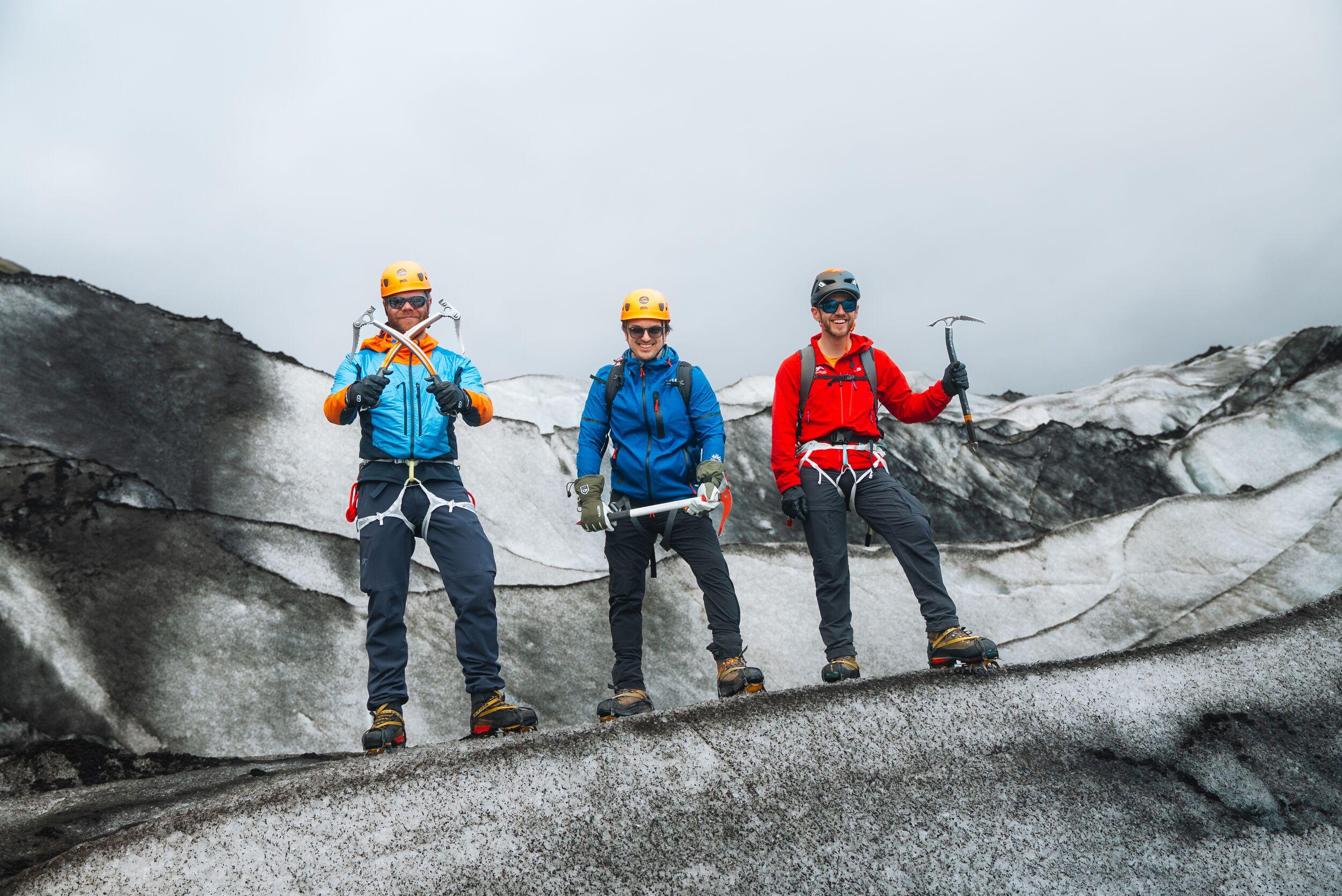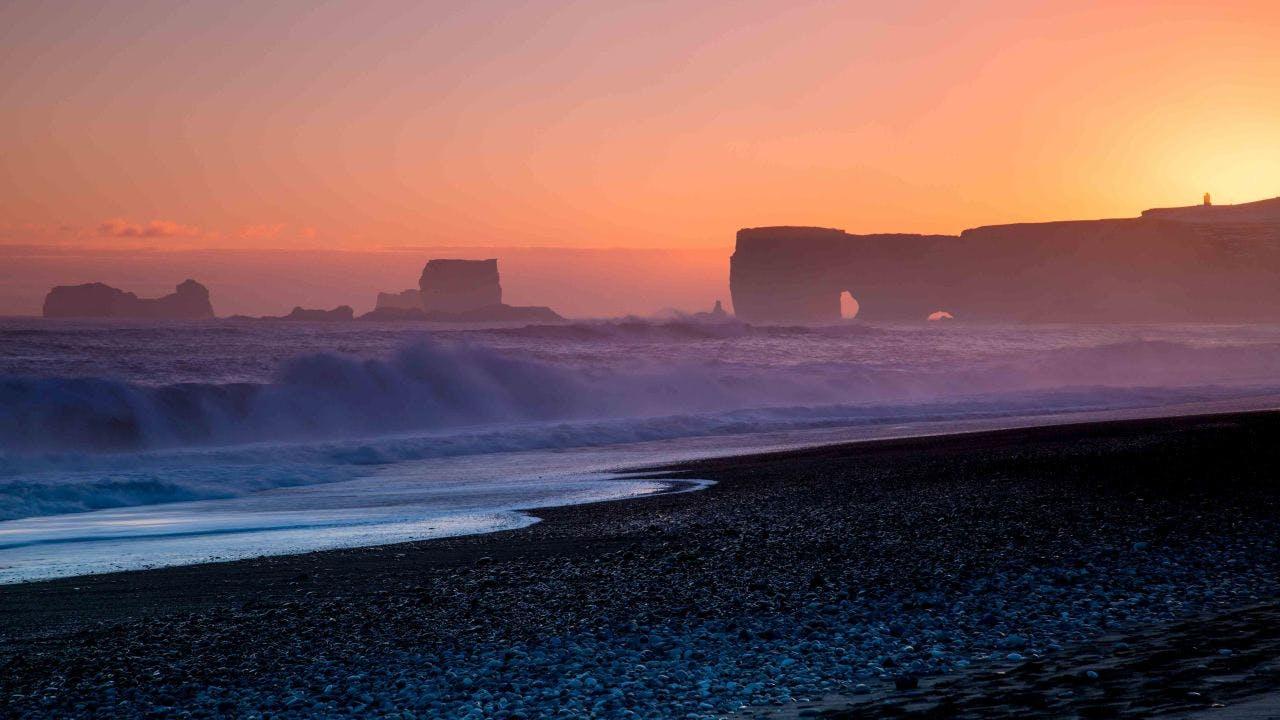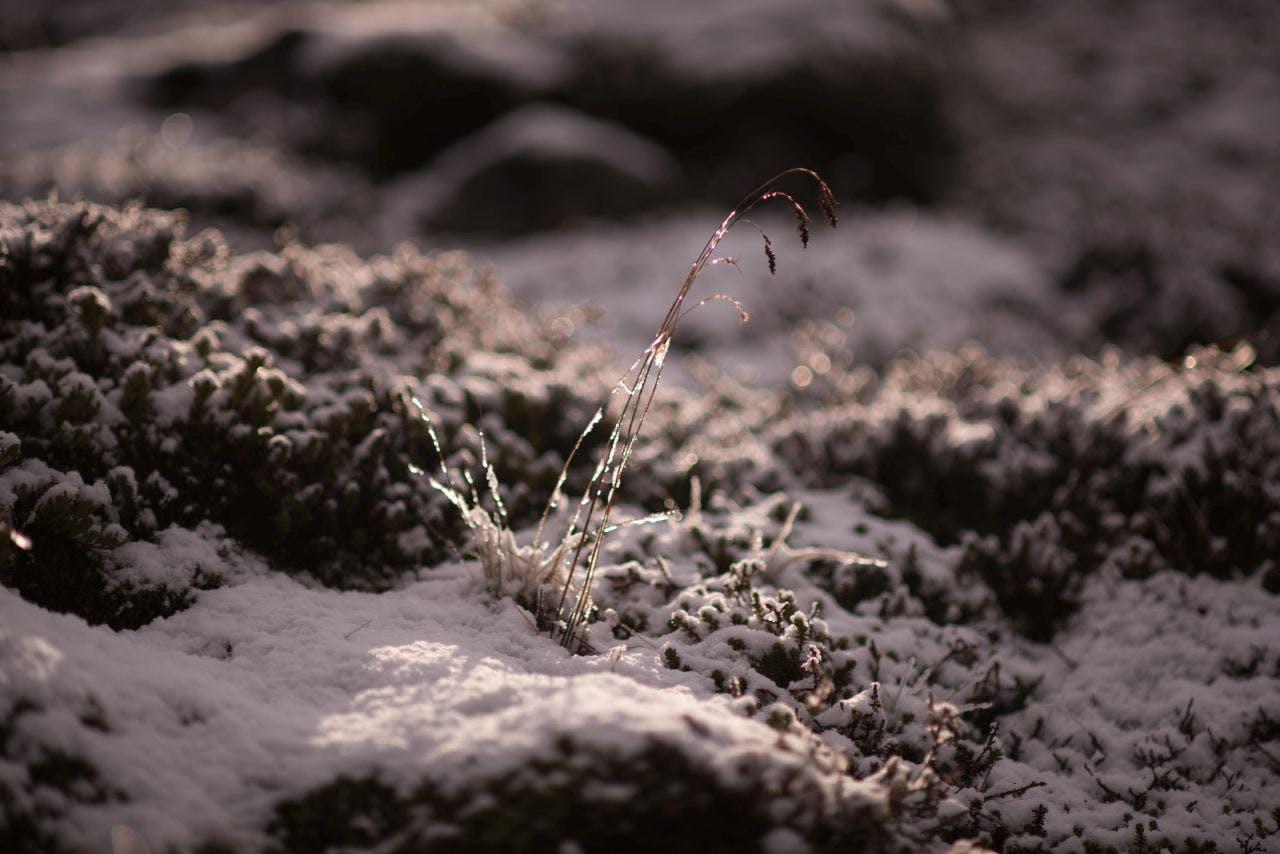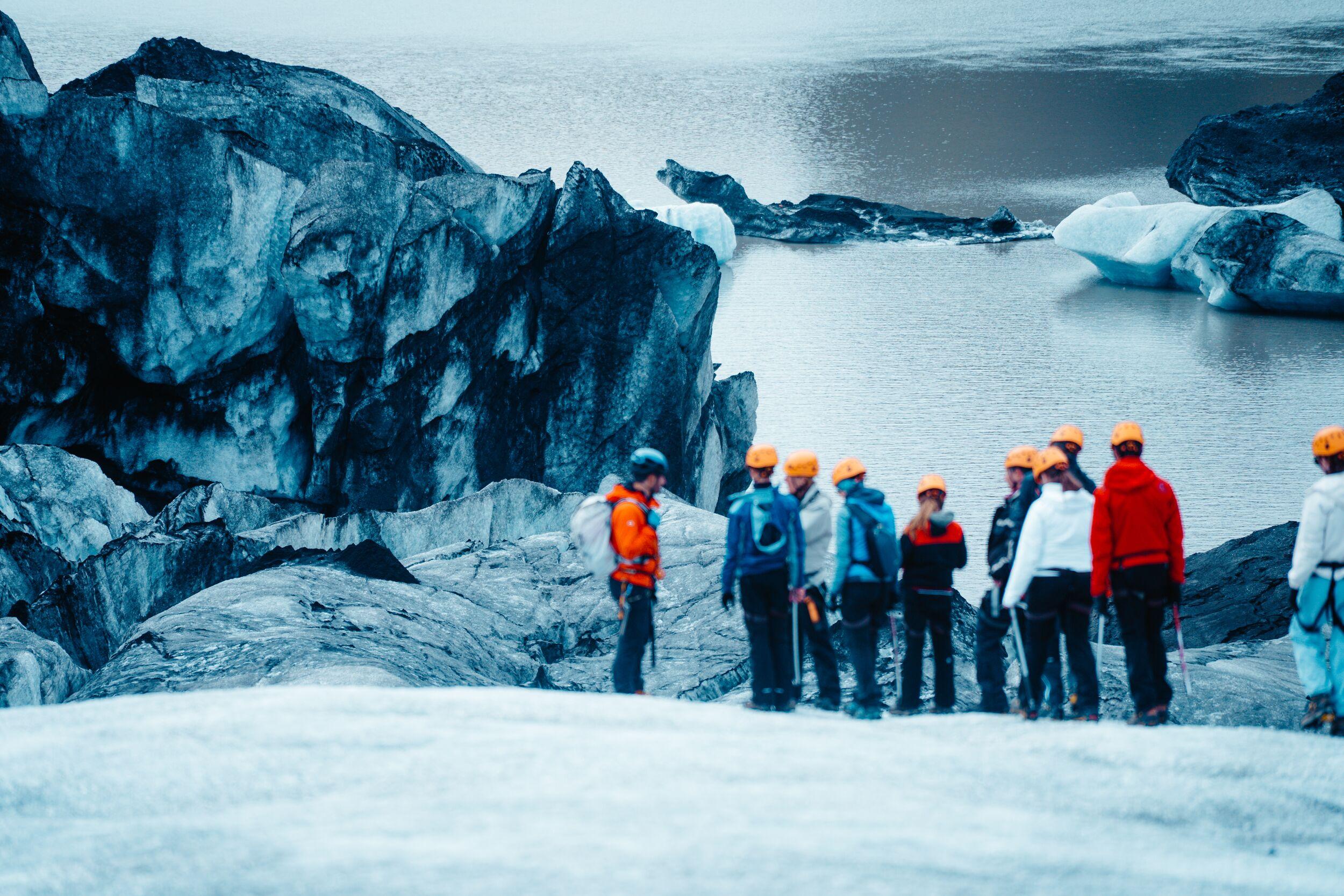What to Pack for Iceland - Gear Guide for Your Adventure Trip
| Travel Guide, All, weather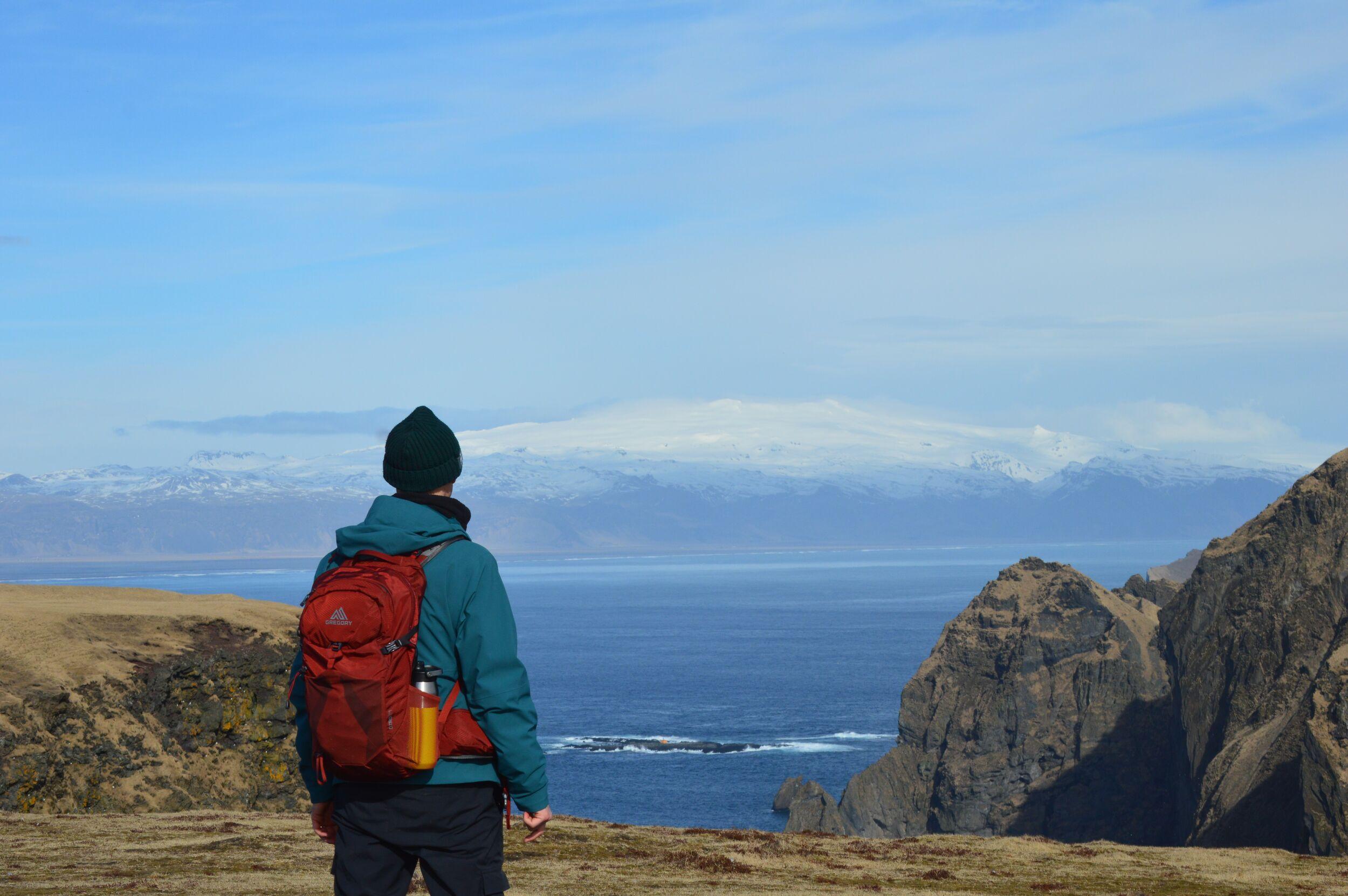
What to Pack for an Iceland Adventure
Ah, Iceland, the land of erupting volcanos and shimmering glaciers, lush green moss and craggy lava fields. It’s also a place where the contrasts found in nature are matched by its contrasting weather from one day to the next — heck, even from one hour to the next!
So, if you’ve been dreaming of embarking on epic ice cave tours in Iceland, hiking through lava fields and rhyolite mountain ranges, or strapping on crampons for a glacier walk, you’re going to want to dress for the occasion. Whether it’s a summer trek in Þórsmörk or an ice climb on Sólheimajökull, packing smartly can make or break your adventure. Icelandic Mountain Guides – Iceland’s outdoor experts – have your back with these Iceland adventure packing tips.
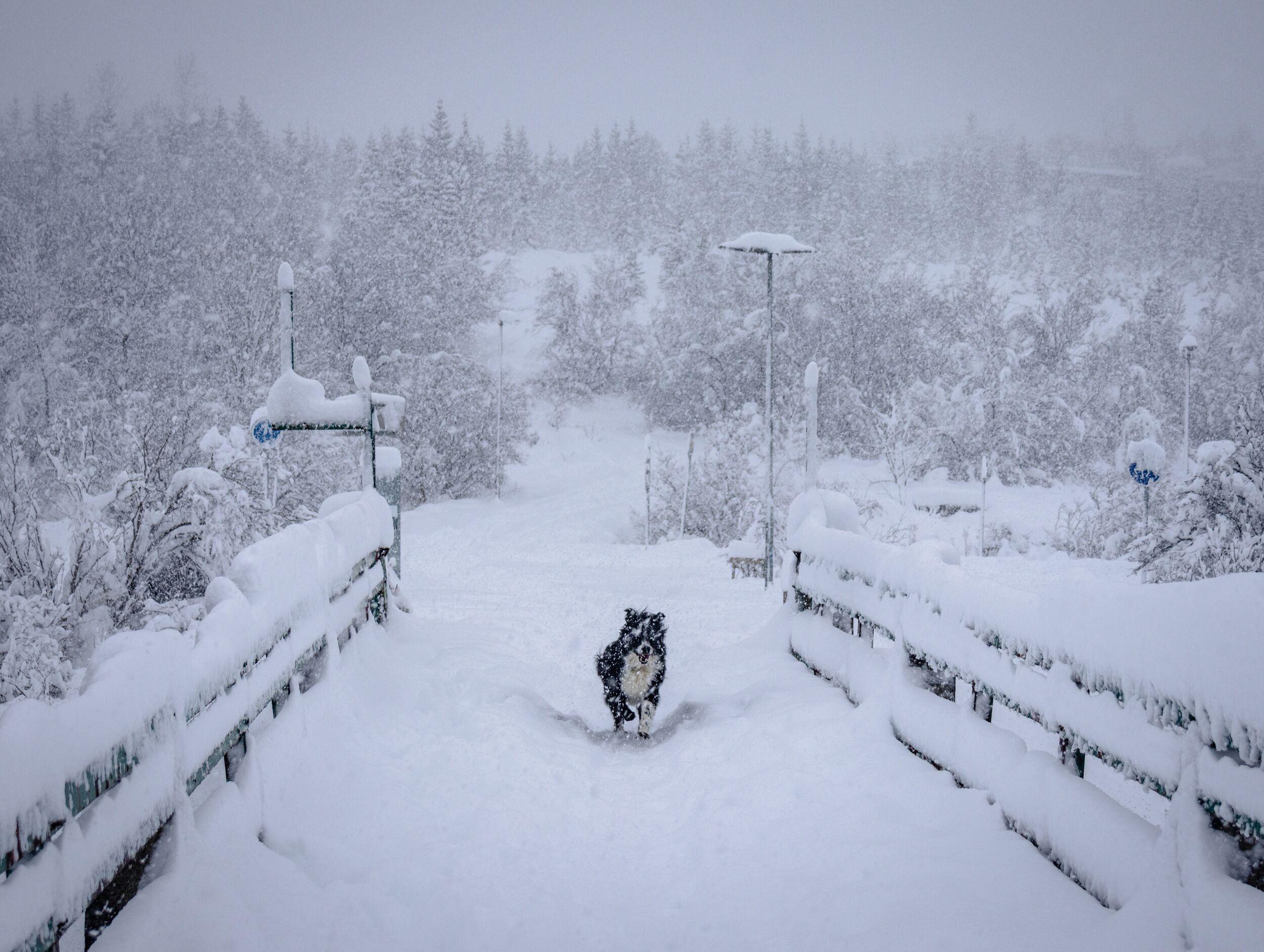
An Introduction to Icelandic Weather
You may have already heard the saying, “If you don’t like the weather in Iceland, wait five minutes.” We can confirm it’s only a slight exaggeration. Iceland sits way up in the North Atlantic, where the warm Gulf Stream meets cold Arctic winds. This collision of systems creates some of the most changeable weather on Earth — there can be bright sunshine one minute, sideways rain the next and a gust of wind strong enough to knock you off balance right after that.
Even in the height of summer, temperatures typically hover between 10–15°C (50–59°F), but they can swing quickly depending on location and time of day. Coastal areas may be mild and breezy, while the highlands or glaciers are significantly colder. In winter, snow and icy conditions are common, but you can also experience magical stretches of calm, crisp air and blue skies.
Wind is the wild card. A seemingly clear morning can become stormy in the afternoon as Atlantic low-pressure systems sweep across the island. Rain showers often blow through quickly but can appear without warning. This is why Icelanders — and experienced guides — always dress in layers, carry waterproof shells and work a healthy dose of flexibility into their schedules.
For visitors, this unpredictability is part of the adventure. Embrace it! It’s also why professional operators like Icelandic Mountain Guides emphasize preparation. They supply the technical gear for glacier hikes and ice cave tours, and our guides are continually monitoring conditions to make sure every trip is safe and enjoyable.
When in Iceland, expect variety and embrace the elements. Dress smartly, pack extra layers and trust your guide’s advice. With the right mindset, Iceland’s famously unpredictable weather becomes less of an obstacle and more of a thrilling part of your story — a reminder you’re exploring one of the planet’s most dramatic, untamed landscapes.
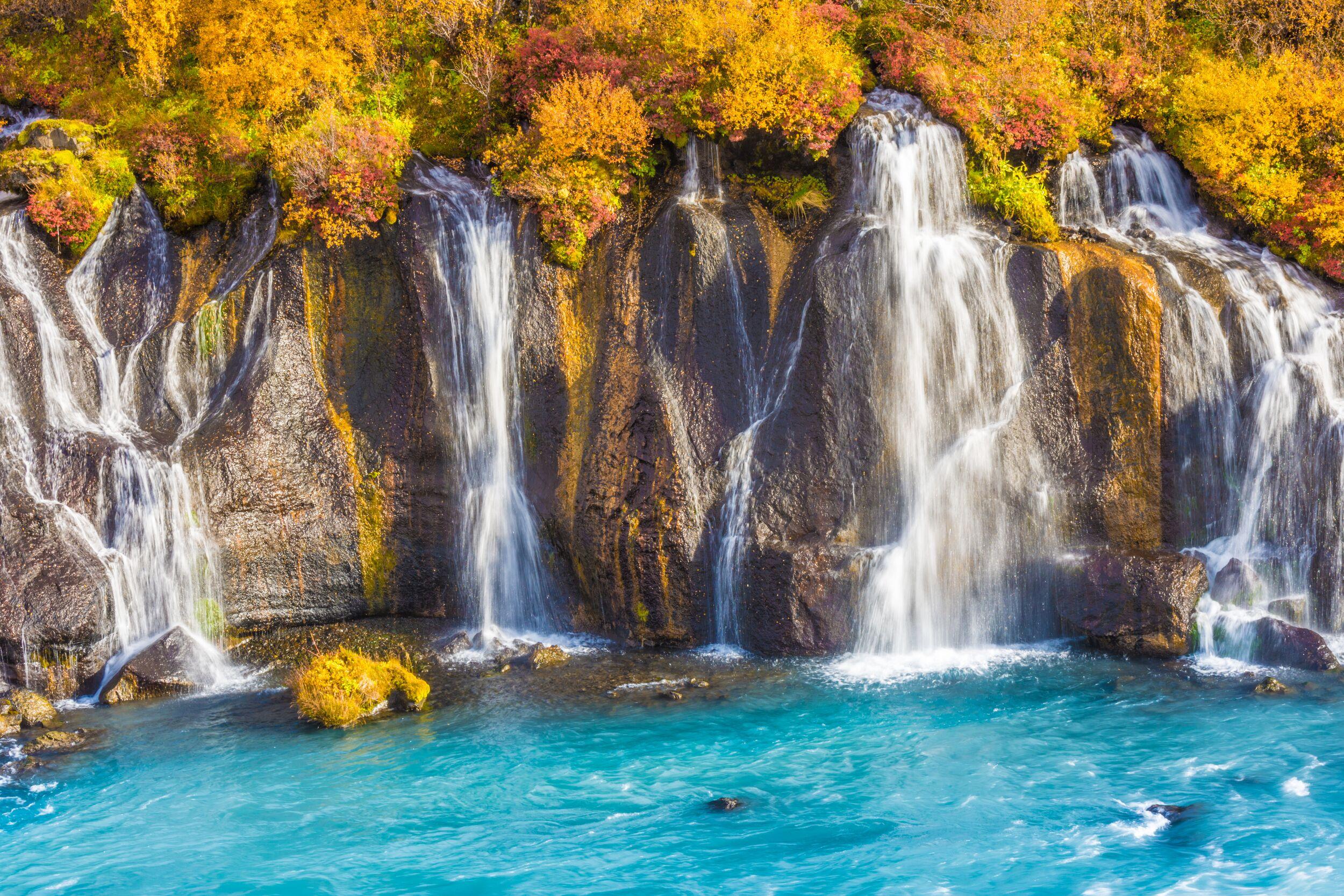
Pack Smart, Stay Comfortable
Packing for Iceland isn’t about filling a huge suitcase — it’s about being clever and versatile. Layers are the name of the game.
Start with a moisture-wicking base layer, add a warm fleece or light down mid-layer and finish with a waterproof, windproof shell. This system works year-round, whether you’re exploring Reykjavík in July or trekking across a glacier in February.
Footwear matters just as much. Sturdy, waterproof hiking boots with good ankle support beat sneakers every time, especially on rugged trails or icy paths. We recommend sporting more typical urban footwear in Reykjavík, though — strolling Laugavegur is not as rugged an ordeal as hiking Laugavegurinn.
Even in summer, a warm hat and gloves can save the day if you’re used to warmer climates. It’s always an amusing sight in summer to spot Icelanders in their shorts and t-shirts alongside travellers bundled up in their PrimaLoft jackets. But hey, heat is relative!
By packing smart rather than heavy, you’ll stay comfortable, flexible and ready for any adventure Iceland throws at you.
Here are our top tips for packing for your trip to Iceland:
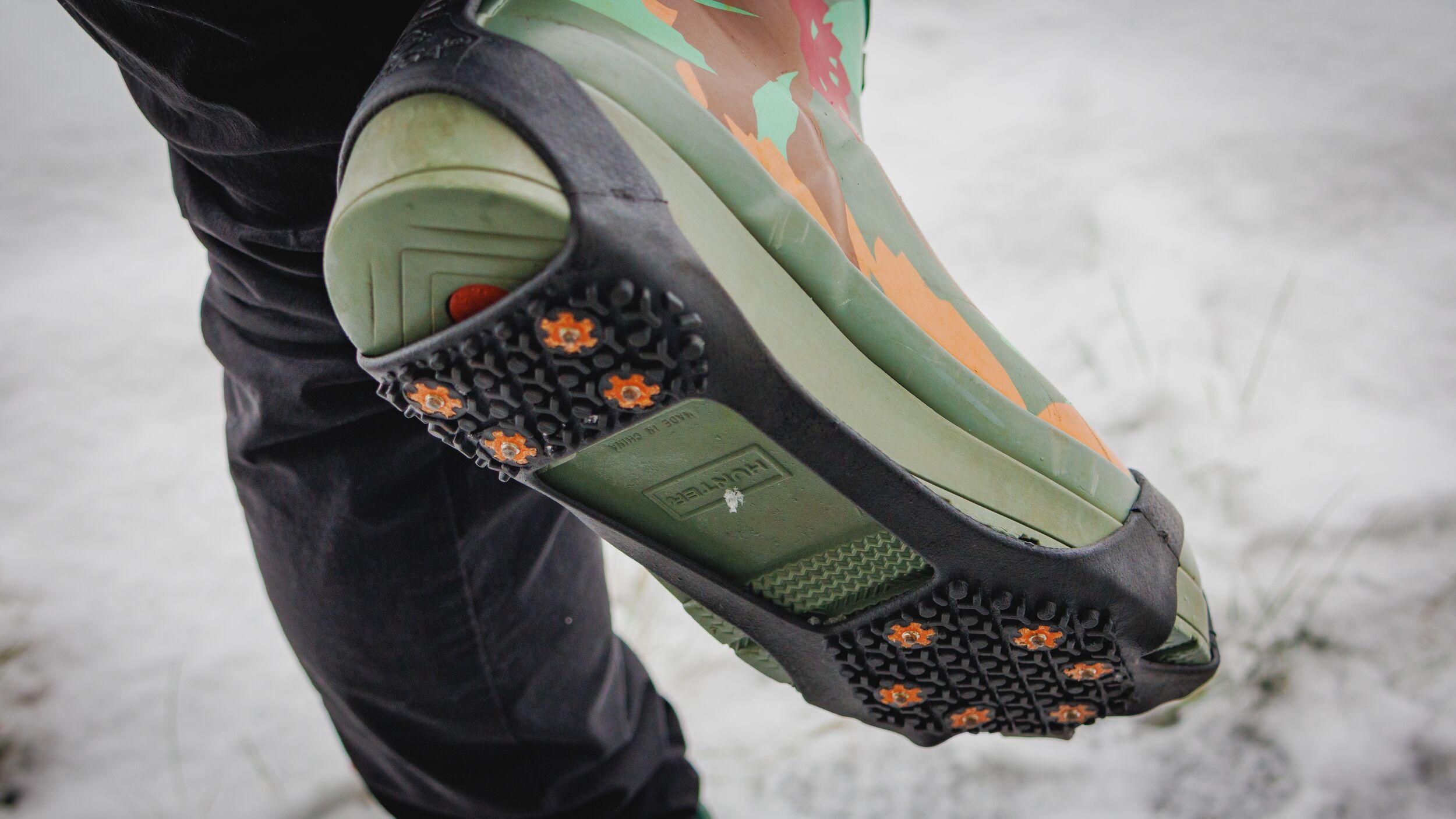
1. Think Layers, Not Bulk
Weather in Iceland changes fast. When thinking of layering for your Iceland trip, start with moisture-wicking base layers, like wool or synthetics. Next, add an insulating mid-layer. Fleece or light down are good choices. Finally, cap it all off with a water-and wind-proof shell. This system keeps you warm, dry and ready for anything.
Remember, it’s better to be too warm and able to take a layer off than to find yourself underdressed and uncomfortable.
2. Footwear That Works as Hard as You Do
For glacier hikes and ice cave tours, sturdy hiking boots with ankle support are a must. Icelandic Mountain Guides will outfit you with all the appropriate gear, including crampons. You’ll also want to have broken in your boots ahead of time. Nothing ruins a hike faster than a blister brought on by new footwear.
If you don’t have appropriate boots or outerwear, let us know in advance so we can sort out rentals in your size.
What you put under your boots is also important. Merino wool or synthetic materials will draw moisture away from your skin and keep you comfortable. Consider the weather and the conditions you’ll be hiking in, as well as whether you’re prone to cold toes, to decide the thickness you’ll be most comfortable in.
3. Warm Accessories Are Key
Hats, gloves (waterproof if possible) and neck gaiters will shield you from wind and ice spray. What to wear in Iceland in summer doesn’t differ much from what we’d recommend in the winter. Whether you’re going up on a glacier, trekking through the highlands or just city breaking, a beanie and gloves are good additions to your day pack.
4. Day Pack Essentials
Speaking of your day pack, here are some essentials to bring along when you head out each morning:
A reusable water bottle — Icelandic tap water amazing!
Snacks for that mid-afternoon pick-me-up.
Sunglasses and sunscreen. Yes, you can get a sunburn here — especially up on a glacier.
Camera and/or phone in a waterproof pouch.
Lightweight extra layer — remember, it’s better have too many layers than too few.
5. Clothing to Bring for Each Adventure
Multi-day treks: Quick-dry hiking pants, warm socks, and a packable rain jacket.
Glacier walks: Base layers, mid-layers, waterproof shell, gloves, beanies and sturdy hiking boots.
Ice cave tours: Extra-warm mid-layers and insulated gloves — being made of ice, ice caves are … well … cold.
Ice climbing: We supply technical gear; you bring warm, flexible clothes that won’t restrict your movement.
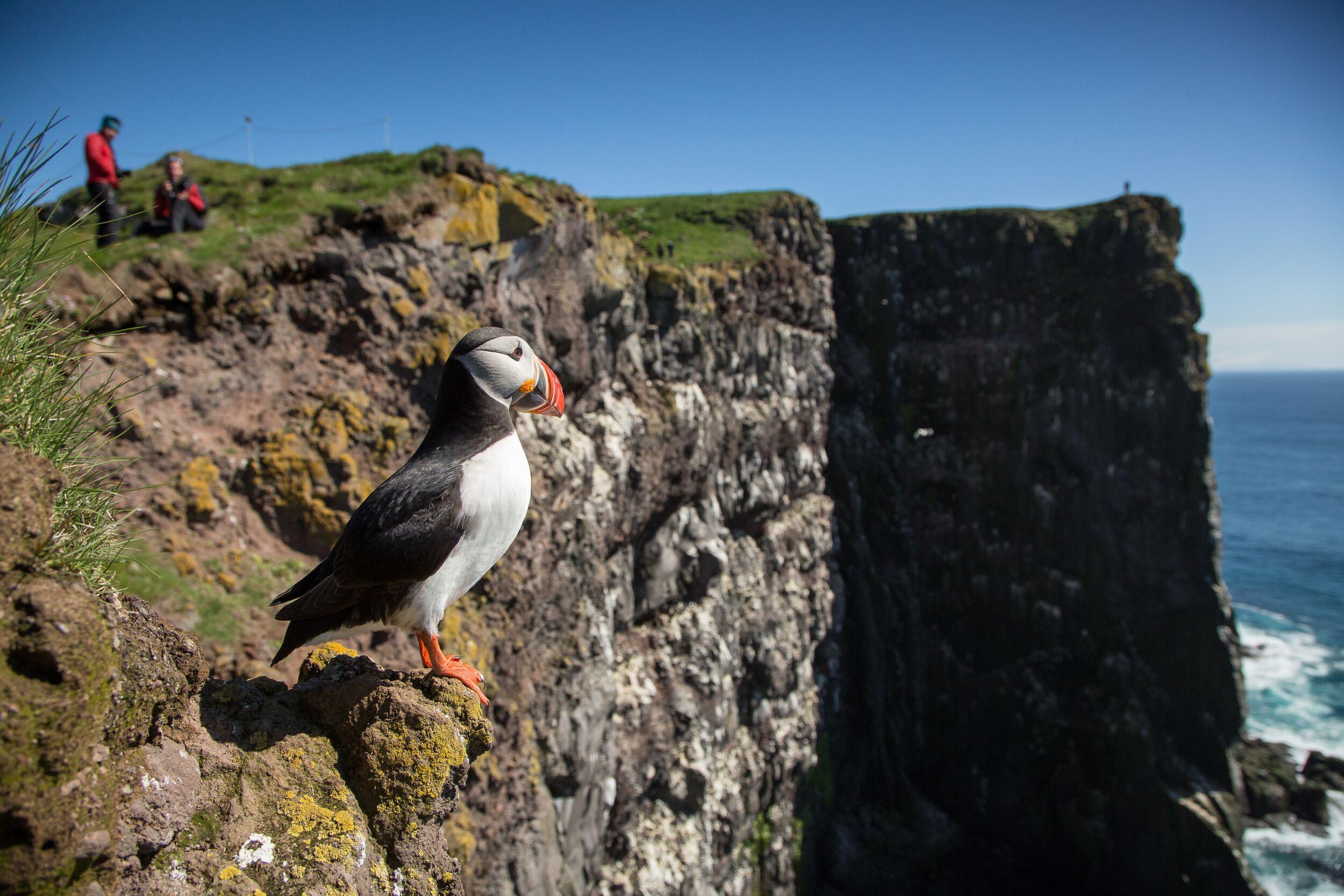
Pack Your Bags and Come to Iceland!
Packing for Iceland doesn’t have to be overwhelming — it’s about being thoughtful, not overstuffed. With the right layers, sturdy footwear and a well-prepared daypack, you’ll be ready for whatever Iceland’s famously unpredictable weather throws at you. Whether you’re hiking through mossy lava fields, exploring ice caves, or strapping on crampons for a glacier walk, a smart packing strategy lets you stay warm, dry and focused on the adventure rather than your gear.
Icelandic Mountain Guides makes it even easier by providing the technical equipment and safety expertise you need. We know the terrain, track the conditions and handle the details so you can relax and immerse yourself in Iceland’s jaw-dropping landscapes. Think of us as your partners in adventure — from gear rentals to route planning, we’re here to help you make the most of every moment.
So pack light but smart, embrace layering and remember to bring those small extras — like hats, gloves and drybags — that make a big difference when you’re out in the elements. With preparation and the guidance of Iceland’s outdoor experts, you’re set for a safe, comfortable and unforgettable experience in one of the world’s most spectacular destinations.
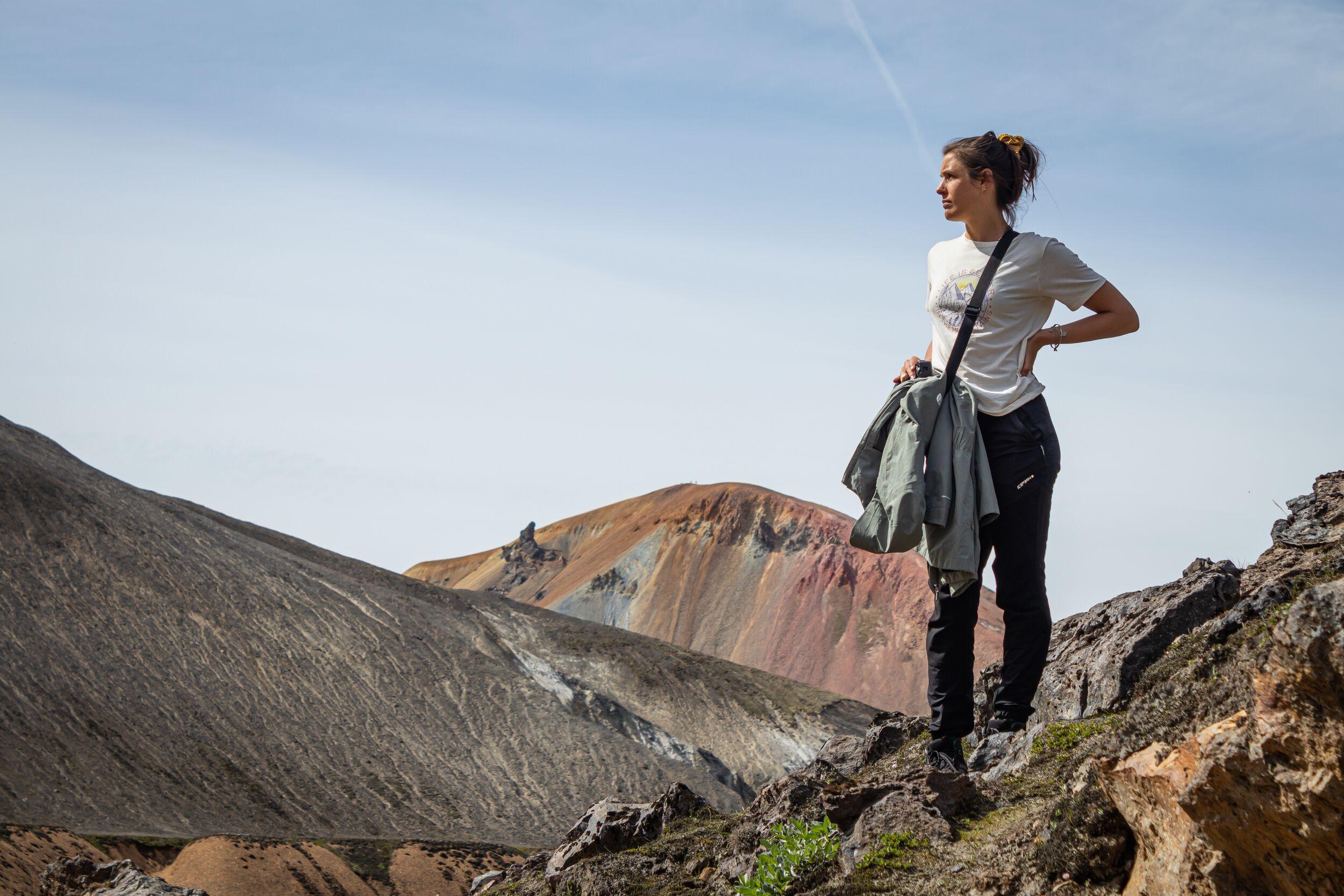
What kind of layers should I bring for different seasons in Iceland?
Three layers is a good rule of thumb no matter the time of year:
Base layer: moisture-wicking (wool or synthetic) to keep you dry.
Mid layer: fleece or light down for insulation.
Outer shell: waterproof and windproof.
In summer you can go lighter on insulation; in winter add thicker fleece or a puffy jacket.
Do I need waterproof hiking boots, and can I rent gear from IMG?
Yes and yes! Sturdy, waterproof hiking boots with ankle support are essential for embarking safely and comfortably on hikes or glacier walks. For glacier tours we supply crampons, helmets, harnesses and ice gear.
Hiking boots and rain gear can be rented for most trips if arranged in advance.
What accessories (gloves, hat, sunglasses) are essential year-round?
Warm hat or beanie, waterproof gloves, neck gaiter or buff, sunglasses with UV protection (especially on glaciers) and sunscreen. Even in summer these come in handy.
What should go in my daypack for IMG glacier and ice cave tours?
A refillable water bottle, snacks, extra mid-layer, waterproof shell, gloves, hat, sunglasses, sunscreen, a phone and/or camera in a waterproof pouch and any prescription medication you might need.
Can I just wear jeans and trainers in Iceland?
That’s not recommended unless you’re just kicking it around Reykjavík. Jeans and trainers absorb water, dry slowly and don’t provide insulation. If heading on a hike or glacier walk, opt for quick-dry hiking pants and sturdy boots instead.
Is it okay to pack light with indoor laundry available, or should I over prepare?
Pack efficiently but bring at least one spare set of warm layers. Laundry options may be limited outside towns, so don’t rely solely on washing.
Do I need specific gear for waterfalls and coastal hikes?
Yes — waterproof outer layers, non-slip boots and a drybag for electronics. Spray from waterfalls and coastal winds can drench you quickly.
What should families travelling with kids pack differently?
Hell hath no fury like a cold, hangry kid! Extra warm layers, gloves, hats and snacks are smart to have on hand. Kids get colder faster, so pack more mid-layers and spare clothing. Again, more layers is always the best way to go.
How do I protect electronic gear and valuables from Iceland’s weather? Use drybags or waterproof phone cases. Keep valuables in inner pockets. Condensation can be an issue, so store electronics in zip-lock bags when moving between cold and warm environments. Cold also drains batteries faster, so be sure to charge up before hitting the road and consider bringing a portable charger or extra batteries with you.
Use drybags or waterproof phone cases. Keep valuables in inner pockets. Condensation can be an issue, so store electronics in zip-lock bags when moving between cold and warm environments. Cold also drains batteries faster, so be sure to charge up before hitting the road and consider bringing a portable charger or extra batteries with you.
Are there medical items or safety gear (first-aid, sunscreen, midge repellent) travellers tend to overlook?
Bring sunscreen (UV is strong on glaciers), lip balm with SPF, a small personal first-aid kit and insect repellent. You can definitely get a sunburn this far north and Iceland’s reputation as a land without mosquitoes has been negated by the rise of biting midges in recent years — ouch!
Keep me informed about the Icelandic Mountain Guides Blog
Outdoor adventure in Iceland is our specialty. Subscribe to our free monthly newsletter to learn when to go, what to do and where to have the best adventures in Iceland.
Related Blog Posts
Related Tours
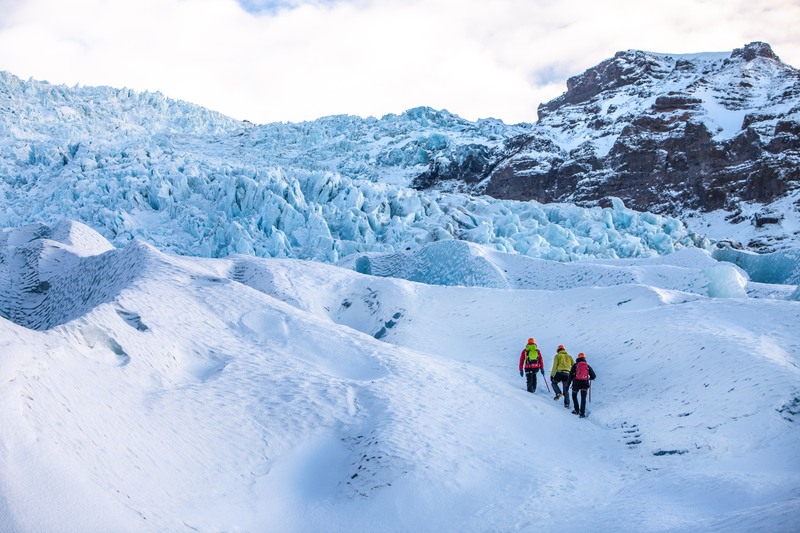
Skaftafell Ice Cave Tour & Glacier Hike
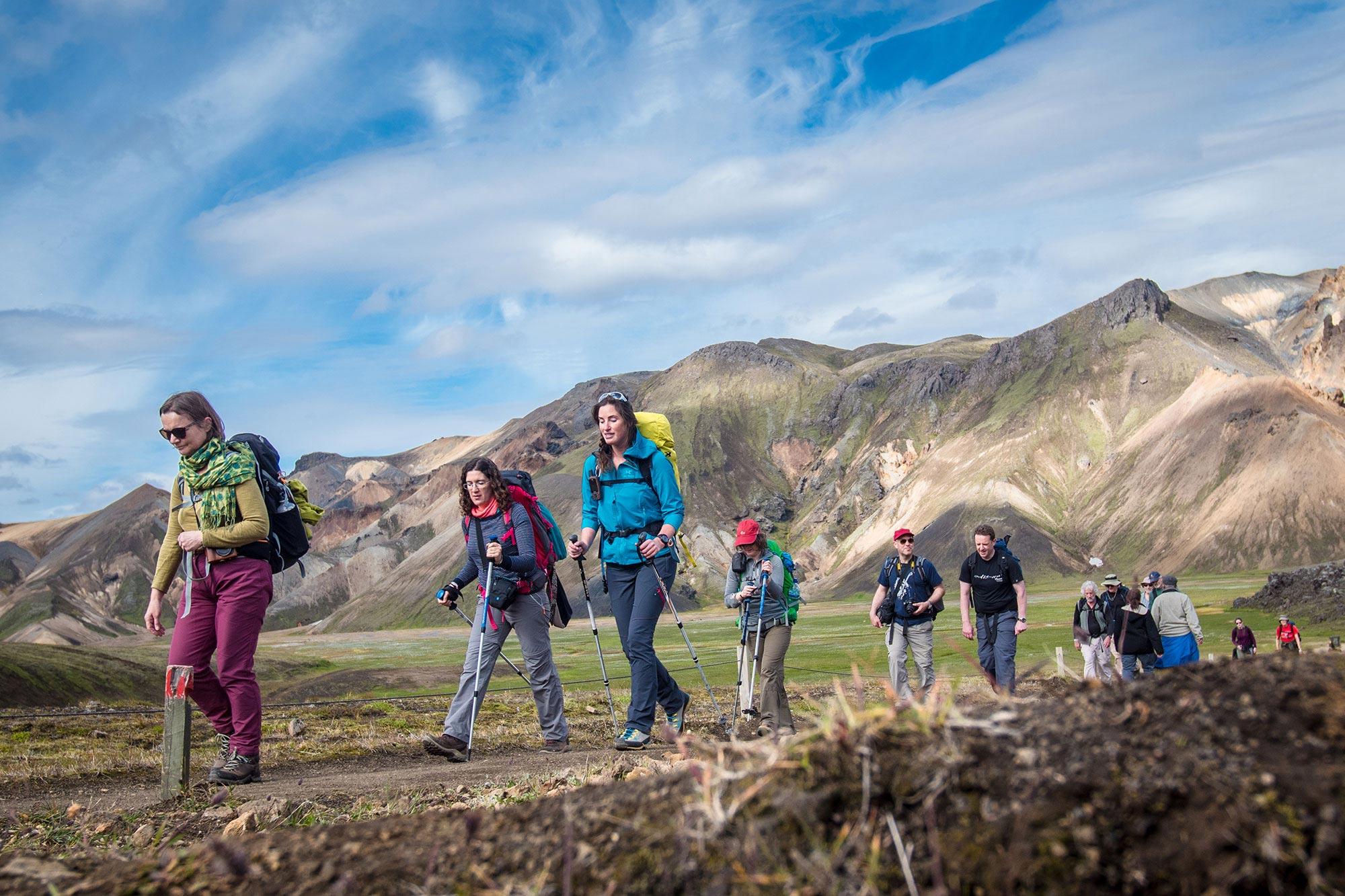
Laugavegur Trek Classic (Huts)
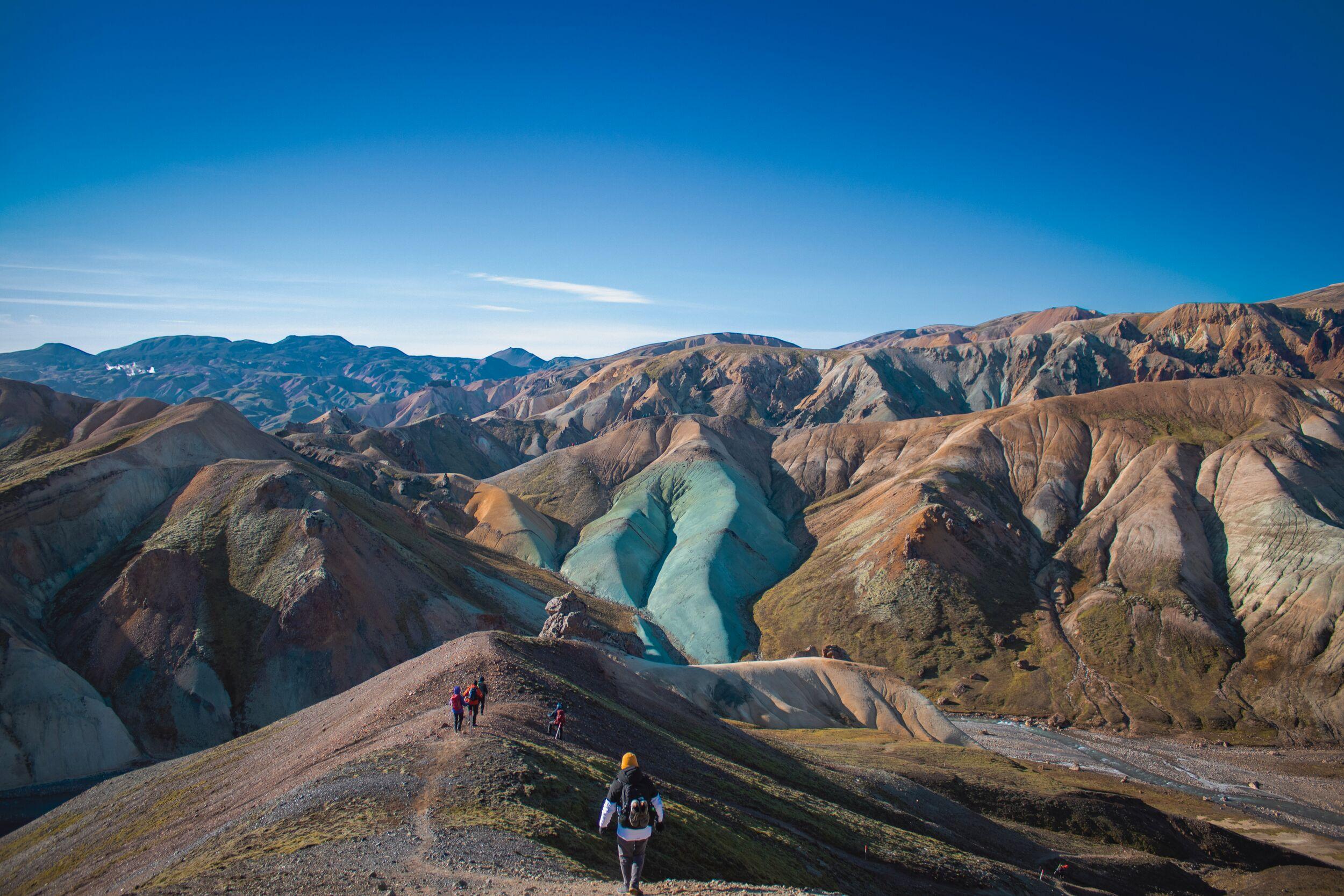
The Green Ridge Hike
